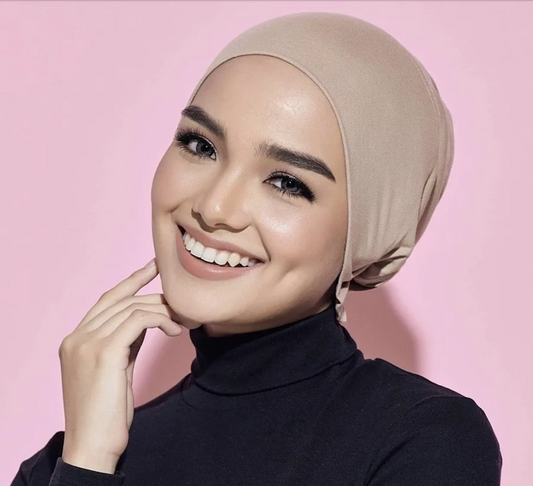The Elegance and Significance of the Hijab and Muslim Hat
February 26, 2025
The Hijab and Muslim hat hold deep cultural, religious, and social significance in the Muslim world. These head coverings are more than just fashion accessories; they symbolize modesty, identity, and faith. Over the years, the perception of these garments has evolved, and they have become an essential part of modern Islamic fashion. In this blog, we will explore the importance, styles, and contemporary relevance of the Hijab and Muslim hat.

The Hijab is one of the most recognized symbols of modesty in Islam. Derived from the Arabic word “ḥajaba,” meaning “to cover or shield,” the Hijab is worn by many Muslim women as a sign of faith and adherence to Islamic principles. It is not just a piece of fabric but a statement of devotion and identity.
In Islam, the concept of modesty applies to both men and women. The Hijab is primarily worn as an expression of obedience to God’s command, as mentioned in the Quran. It is meant to encourage dignity and respect while discouraging objectification.
The Hijab is also viewed as a form of empowerment. Many Muslim women choose to wear it as a way of asserting their identity and exercising their religious freedom. Rather than being a sign of oppression, as some mistakenly believe, the Hijab allows women to control their self-image and be valued for their character rather than their appearance.
The Hijab comes in various styles, reflecting cultural diversity within the Muslim community. Some popular styles include:
Each style reflects regional influences, personal preferences, and varying interpretations of Islamic dress codes.
Just as the Hijab is an important part of Islamic attire for women, the Muslim hat is a significant piece of headwear for Muslim men. Known by various names such as taqiyah, kufi, topi, or prayer cap, the Muslim hat is worn for religious, cultural, and practical reasons.

The Muslim hat is often worn during prayers as a sign of respect and humility before God. While not explicitly mandated in Islamic teachings, it has become a common practice, especially in many Muslim-majority countries. It is also associated with the Sunnah, as Prophet Muhammad (PBUH) is believed to have worn head coverings.
Like the Hijab, the Muslim hat comes in different styles, each representing various cultural traditions:
Each variation of the Muslim hat carries a rich history and significance within the Muslim world.
In recent years, both the Hijab and Muslim hat have seen a surge in popularity beyond religious circles. Many fashion designers are incorporating modest fashion into mainstream collections, making these traditional garments stylish and trendy. Brands now offer Hijabs in luxurious fabrics, vibrant colors, and contemporary designs, appealing to both religious and fashion-conscious individuals.
The Muslim hat has also evolved, with modern designs integrating new materials, patterns, and embroidery to cater to younger generations who want to embrace their cultural heritage while keeping up with fashion trends.
Despite misconceptions, the Hijab and Muslim hat symbolize confidence, faith, and diversity. In many parts of the world, people are working towards breaking stereotypes and promoting inclusivity. The rise of Hijabi fashion influencers and designers has helped reshape the narrative surrounding Muslim attire, making it a celebrated and respected part of global culture.
The Hijab and Muslim hat are not just pieces of fabric; they represent centuries of tradition, faith, and cultural pride. Whether worn for religious devotion, personal choice, or fashion, they remain powerful symbols of identity. As the world continues to embrace diversity, these garments will undoubtedly continue to inspire and empower generations to come.
TAG'S :